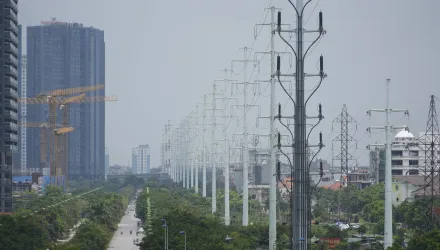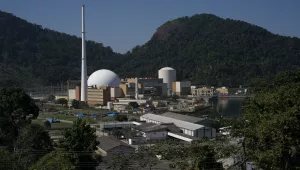Abstract
The energy sector is increasingly facing water scarcity constraints in many regions around the globe, especially in China, where the unprecedented large-scale construction of coal-fired thermal power plants is taking place in its extremely arid northwest regions. As a response to water scarcity, air-cooled coal power plants have experienced dramatic diffusion in China since middle 2000s. By the end of 2012, air-cooled coal-fired thermal power plants in China amounted to 112 GW, making up 14% of China's thermal power generation capacity. But the water conservation benefit of air-cooled units is achieved at the cost of lower thermal efficiency and consequently higher carbon emissions intensity. We estimate that in 2012 the deployment of air-cooled units contributed an additional 24.3–31.9 million tonnes of CO2 emissions (equivalent to 0.7–1.0% of the total CO2 emissions by China's electric power sector), while saved 832–942 million m3 of consumptive water use (about 60% of the total annual water use of Beijing) when compared to a scenario with water-cooled plants. Additional CO2 emissions from air-cooled plants largely offset the CO2 emissions reduction benefits from Chinese policies retiring small and outdated coal plants. This water-carbon trade-off is poised to become even more significant by 2020, as air-cooled units are expected to grow by a factor of two to 260 GW, accounting for 22% of China's total coal-fired power generation capacity.
Read the full text here (log in may be required): http://pubs.acs.org/doi/abs/10.1021/es5026454
Zhang, Chao, Laura Diaz Anadon, Hongpin Mo, Zhongnan Zhao and Zhu Liu. “The Water-Carbon Trade-off of China's Coal Power Industry.” Environmental Science and Technology, In Press








